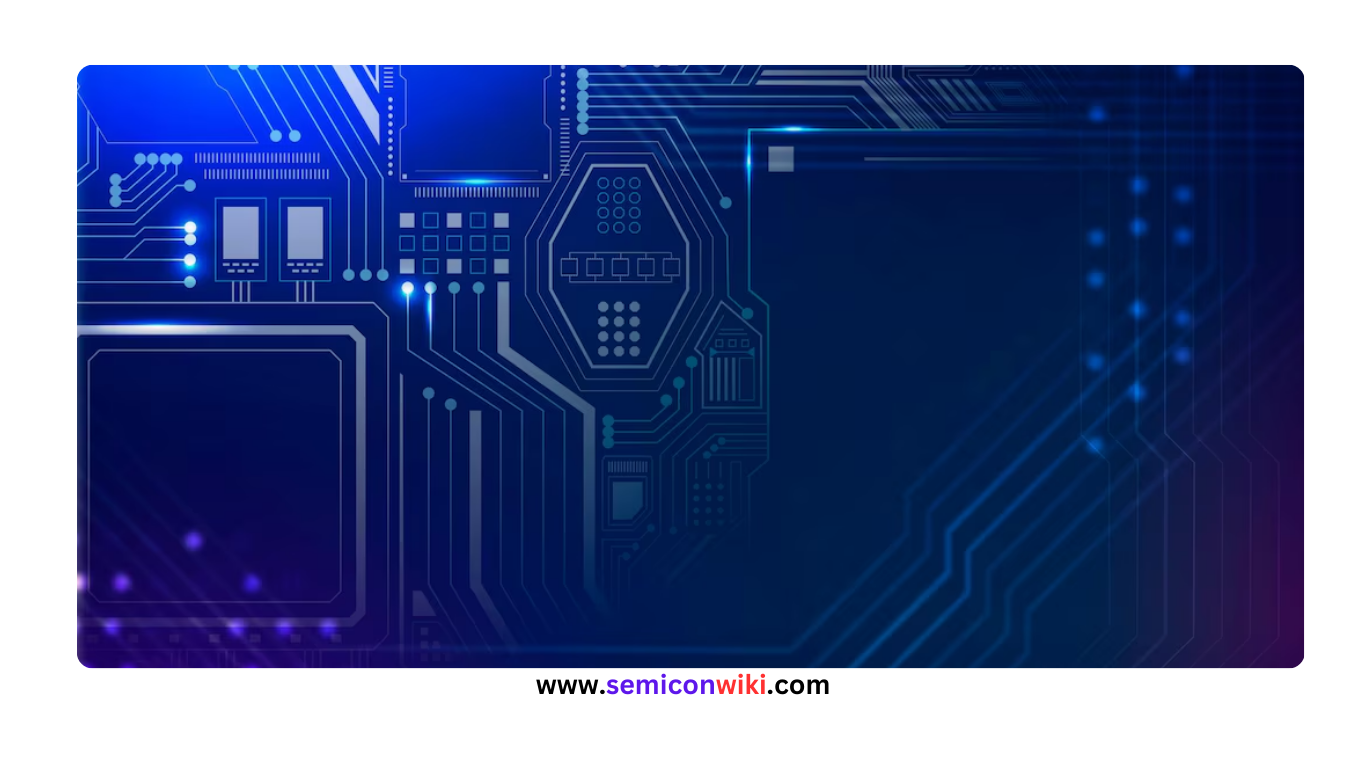Top PCB Design Interview Questions and Answers
When you’re preparing for a PCB design interview, you can expect questions that test how well you understand the entire design process. From my experience, interviewers usually focus on how you handle component placement, routing strategies, signal integrity, and the key things we need to consider for manufacturing. If you and I focus on these areas, we’ll be in a much better position to tackle those tough interview questions with confidence.
If you are a novice PCB designer just entering the workforce, this tutorial should be really helpful. My intention is to provide my own perspective on the recruiting process as well as what you may anticipate from some of the most cutting-edge businesses that require PCB, embedded, and hardware designers.

What do you need to design a PCB?
To design a PCB, you need a schematic, bill of materials (BOM), netlist (provided by a PCB engineer), board mechanicals (like outline and holes), and PCB stackup based on board complexity.
How to make a footprint?
To create a footprint, you follow these steps:
- Create padstack.
- Place pins.
- Outline assembly and silkscreen.
- Establish height specifications.
- Include reference designators.
- Follow IPC standards for guidance.
What PCB material should I use?
Choose PCB material based on design needs, production volume, and cost. Consider electrical requirements, such as dielectric constant and loss, especially for high-speed designs.
Read also: Hardware Engineer Interview Questions (2024)
How to prevent high-frequency interference?
Minimize crosstalk by increasing distance between high-speed and analog signals or using ground guards. Consider noise interference from digital ground on analog ground.
How to arrange traces for differential signals?
Ensure equal length and parallel spacing for traces carrying differential signals.
How to handle conflicts between manual and automatic routing for high-speed signals?
Use routers with constraint settings to control routing methods and hole numbers. Different EDA tools have varying capabilities.
How to distribute copper on multiple signal layers for grounding and powering?
Generally, coat blank areas with copper connected to ground. Maintain proper distance from signal lines to avoid impedance changes.
Can characteristic impedance on power planes be determined using microstrip line models?
Yes, both power and ground planes can be treated as reference planes for characteristic impedance calculation.
Can automated test points on high-density PCBs meet production testing needs?
It depends on compatibility with test machine requirements. Manual methods may be necessary for dense routing.
Can adding test points affect high-speed signal quality?
It depends on the method and signal speed. Adding test points may impact signal integrity, especially with high frequencies.
How should ground lines of connected PCBs be handled?
Connect ground lines to minimize impedance and noise. Analyze current loops and adjust ground connections accordingly.
Can ground lines be added between differential signal lines?
Generally, avoid adding ground lines between differential signals to preserve coupling advantages.
What is the principle of selecting PCB and cover grounding points?
Use chassis ground to provide low-impedance paths for returning current and minimize electromagnetic interference.
Where should PCB debugging start?
Start with power and clock signal confirmation, then check reset signals. Debug based on system and bus protocols once basic checks are complete.